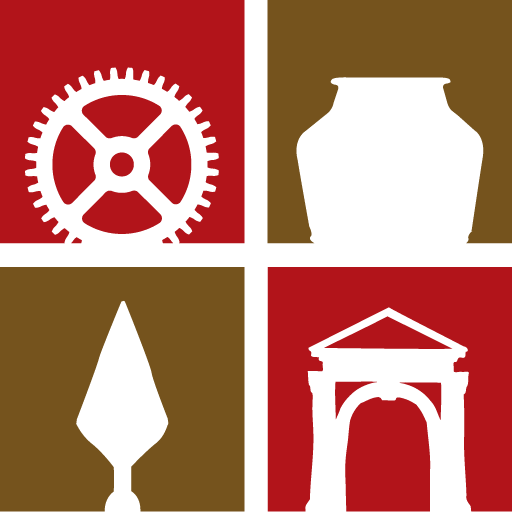It’s not often you hear someone speak passionately and insightfully about the resilience and importance of heritage, community and resilience of archaeological remains in a shopping centre carpark in Mittagong, then hear someone speak equally passionately about the resilience and importance of heritage, community and resilience in the aftermath of the 2015 earthquake in Nepal that levelled much of Durbar Square in Kathmandu. But Caitlin Allen and Neel Kamal Chapagain managed to do that on the second day of the ICOMOS GA2023 Scientific Symposium, reminding us that the values that connect us are far greater than the issues that divide us. Earlier that morning the spirited discussion in the very first PRIDE Heritage session led to a call for a manifesto to be written to guide this fast-growing field of research.
That feeling of connectedness, resilience and inclusivity permeated every session and paper given at the symposium, with a strong focus on ethical considerations, responsibility and truth-telling for First Nations and LGBTQI+ people around the world. The hard questions were asked (if not entirely answered) about climate change and social justice in the heritage sphere, as well as a return to grassroots principles and people-led outcomes, particularly in the ASHA-sponsored session Everywhere, Everyday: Innovations in Critical Heritage Practice.
The questions and conversation didn’t stop at the end of the scheduled sessions, but carried on, into lunch breaks, workshops, day trips and evening events. A range of rich and diverse experiences were offered to delegates, from exploring the natural grandeur and cultural values of the Blue Mountains to the exhilaration of riding dodgem cars and rollercoasters under the bright lights of Luna Park. The connections (professional and personal) that were made in the meeting rooms and dancefloor will stay with me for a long time.
The event was beautifully managed, from the stunning native flowers displayed in the Gadi Networking Lounge, the warm hospitality of the ICC staff, the expert guidance and leadership of the Co-chairs Dr Steve Brown and Dr Ona Vileikis, and enthusiastic work of the members of the Organising and Executive Committees and countless Australian ICOMOS volunteers. The expense of attending such an event often prohibits people outside the industry, but efforts were made to offset this issue through a series of bursaries, sponsors and financial support to ensure people from a broader range of backgrounds could be included as both presenters and delegates. I was fortunate enough to attend the symposium thanks to the generosity of ASHA and cannot thank President Anita Yousef and the entire ASHA committee for allowing me to be part of such a special experience. To be part of an international cohort of engaged and knowledgeable experts has made me appreciate the protections and opportunities I am privileged to have as an Australian archaeologist and heritage practitioner, deepened my understanding and appreciation of both natural and cultural heritage, and made me excited to see what comes next for us all.



